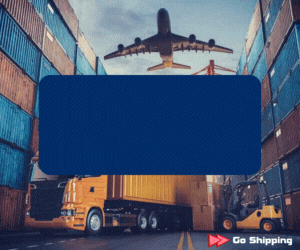In the year ending 31 December 2022, PSA Jurong Island Terminal in Singapore accomplished a record-breaking cargo throughput of more than 130,000 TEUs.
This is the terminal's greatest volume since it opened in 2012 and a 30% increase from 2021 volumes.
Another important achievement of PSA Singapore (PSA) and JTC cooperation - a statutory board under the Ministry of Trade and Industry in Singapore - was that shipping became greener with container-on-barge services.
This amounted to a decrease of over 130,000 truck journeys between Jurong Island and PSA Terminals on mainland Singapore, as well as a reduction of up to 37% in carbon emissions per TEU, translating to savings of 1,950 tCO2e.
“Supply chain optimisation drives alignment and focuses on achieving our national target to reach net zero emissions by 2050,” stated Seow Hwee, head of Port+ Business Division, Southeast Asia, PSA International.







